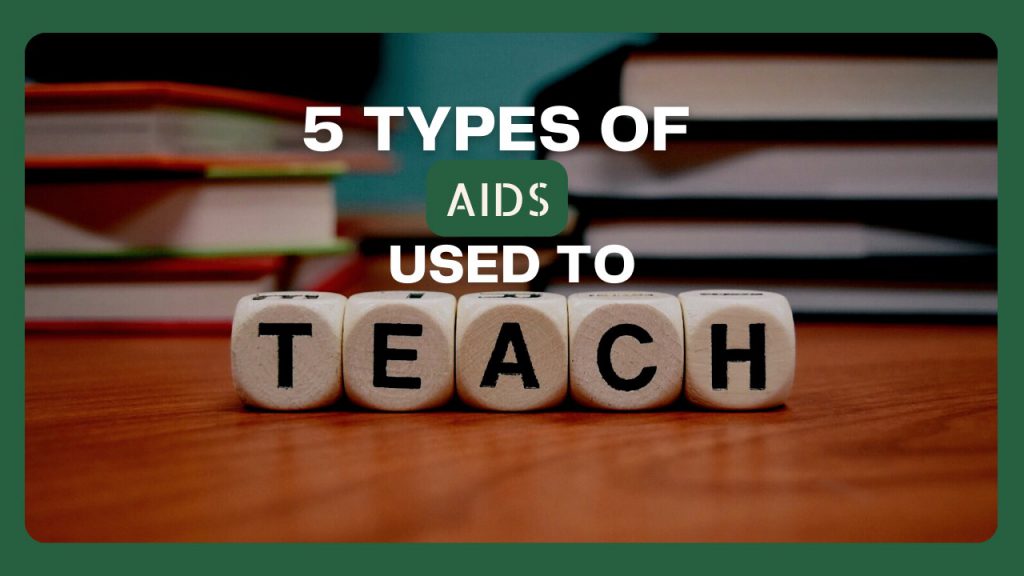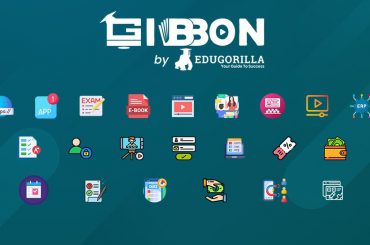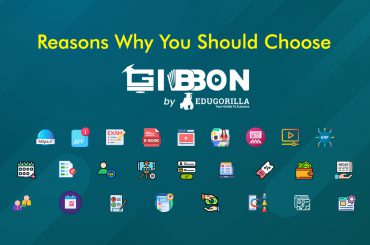A Teacher’s Job requires them to be proactive with their students, using all resources at their disposal to enhance their learning. Such resources may come in the form of various aids that a teacher can use in the physical or the online classroom to enhance listening and communication skills. In this article, we see some techniques and types of teaching aids that will make you as a teacher, stand out in the eyes of both the students and the parents.
What is a Teaching Aid?
According to Merriam-Webster, teaching Aids are informative resources (such as a book, board, or image), items (such as a map, globe, or specimen), or gadgets (such as a DVD or computer) used by a teacher to improve classroom education and students love new things and innovation. Teaching Aids are instructional items and equipment that aid the instructor in the teaching-learning process.

Since the dawn of time, humans have used educational aids and props. Teaching aids are just as essential in today’s classroom, lecture theater, or other learning settings as they were in the past. Teachers in early childhood settings use a variety of instructional aids and props, frequently in the form of toys and games to retain the information longer.
Nature-based learning utilizes props such as trees, logs, hills, mud, plants, pebbles, and sticks gathered from various areas by the instructor. Importance of teaching aid is that learning becomes increasingly cognitive, abstract, and theoretical as children get older, and the quantity of instructional aids and props decreases over time. However, students of all ages and abilities can benefit from teaching aids and props; significant potential benefits include quicker learning, enhanced memory, and increased engagement.
Significance & Perks of Teaching Aids
Teaching aids are essential because they mix textual content with visual material, audio, and videos to teach students. They also improve both the learning and teaching experience for students and teachers. The students tend to acquire things more quickly when they learn them visually. Some importance of teaching aids are mentioned below.
- When it comes to reinforcing a skill or concept, teaching aids may be a valuable resource for teachers. They not only provide students additional time to practice, but they also convey the knowledge in a way that allows students to connect with the topic in a different way.
- Teaching aids assist teachers in closing the gap and honing their students’ reading comprehension abilities. Using magazine and newspaper articles, print advertisements, and even comic books as teaching tools can help pupils understand language.
- As our culture becomes increasingly digital, students love new things and innovation. Students want continual stimulation and have little tolerance for boredom. Teaching aids enhance the education quality in today’s classrooms while also giving pupils the thrill they crave.
- In the classroom, teaching tools are becoming the standard. Teaching aids are becoming more popular and advanced as traditional classrooms with blackboards and chalk become a thing of the past, and smart classrooms become the standard. Various types of teaching aids are mentioned below.
Traditional Teaching Aids
Traditional education, also known as back-to-basics education, conventional education, and Traditional education, also known as back-to-basics or conventional learning, refers to long-established norms that society used in schools for ages.

- The conventional back-to-basics teaching technique, sometimes known as the ‘chalk & talk method,’
- This traditional method of instruction was based entirely on recitation and memorizing skills.
- The conventional job of the teacher is that of an organizer of learning activities.
Tools Used in Traditional Methods of Teaching
- Charts
- Blackboard
- Textbooks
- Images
- Posters
- Maps
- Drawing Books
- Wooden models of Pyramids
Modern Teaching Aids
The days of blackboards and chalkboards in the classroom are long gone, replaced with LCD projectors and interactive whiteboards. When we talk about the ultra-modern or
the advancement of technology-based education system, we refer to the full-fledged use of high-tech equipment in educational institutions.
Importance of teaching aids in education refers to the information and communication technology to support, enhance, and optimize information delivery. E-learning is a growing trend in which education has exceeded the physical confines of classrooms and gained mobility. Students may access and retain the information longer whenever and wherever they choose, and the number of schools offering such advanced technical terrains is growing by the day.

- Computer or laptop use, as well as the advancement of technology-driven classrooms
- Interactive whiteboards that use PowerPoint presentations and interactive videos
- Microphones are used in the classroom to deliver lectures.
- Emphasis on conceptual understanding, activity-based learning, and learning labs
Audio Teaching Aids
Teachers have a variety of teaching strategies at their disposal to reach their pupils. By engaging students on a new level, audio aids in teaching can boost student performance. These teaching aids can provide several benefits, including engaging auditory learners, providing freshness to exercises, and employing music or mnemonics as memorizing tools.

Audio-aids are models and equipment that can be heard and provide a picture of something, someone, or a situation. They include recorded materials, radios, tape recorders, and cassettes which are relatively inexpensive and widely available, and which a language teacher with minimal training can use in the classroom to significantly improve the effectiveness and interest of teaching methods, techniques, and materials.
Gibbon’s audio aids bring the textbook and other printed materials used to teach the target language to life. For example, when a tape player is turned on and the information is shown, the learner’s attention is instantly pulled to it. He or she is aware of the presence of another instructor in the classroom. The instructor can also successfully deal with the weak and disinterested pupils with the use of Gibbon’s audio aids.
Visual Teaching Aids
Because our brain is wired to recall images, visuals provide definite information. You are more likely to remember something if it is accompanied by a visual than if it is simply a vocabulary word.
- Educational posters are time-honored teaching tools. Posters on your classroom walls can provide pupils with useful materials. This is the simplest and least expensive way to create visual assistance.
- Infographics are an excellent educational tool because they simplify difficult material. Depending on the information you wish to illustrate, you may develop a variety of infographics. You can describe a topic, display a timeline of events, illustrate data using a chart or graph, or explain a process in an infographic.
Based on our experiences working with various customers, this is often where we meet educators halfway. Gibbon is the perfect spot to go if you want to add a beautiful touch to the visual presentation or even the uniformity of many teaching aids.
Audio-Visual Teaching Aids
Audiovisual aid is a word that is commonly heard in the education, training, and marketing industries. Aids that use both auditory and visual modes are self-explanatory terms. Audiovisual aids, on the other hand, are much more than these terms. Audiovisual aids are devices or materials that stimulate both the auditory (or hearing) and visual (or visual) senses. Their primary function is to deliver teaching, education, or listening and communication skills.
Audiovisual assistance can take the following forms –
- A PowerPoint presentation is used to supplement a spoken lesson.
- Voice-over video clip featuring moving or stationary pictures
- A whiteboard that is interactive
- Television
- Images projected in support of vocal speech
- A visual, chart, or written information is used to supplement vocal communication.
ABOUT GIBBON
Gibbon is a Plug and Play solution offered by EduGorilla, for anyone with a skill to teach. Gibbon helps you to take your classes online and earn independently.
- Gibbon gives you the ability to conduct & record LIVE classes, host unlimited video courses, provide online mock tests, and conduct online tests with LIVE proctoring abilities.
- Gibbon also provides you ready-made content of 1600+ Competitive, Entrance, and Academic exams from around the country.
- Gibbon helps you reach out to more students online and get a complete marketing setup.
- We have helped more than 3000 Brands, 10000 Institutes, 20000 Teachers and 2 Crore Students, transform their education and future.
Gibbon stands for “Online-Ready Teachers for a Future-Ready India”.
To get started, book your free demo now.

Frequently Asked Question:
Question: What is the teaching Aid?
Answer: Teaching Aids are the informative resources used by a teacher to improve classroom education and students love new things and innovation.
Question: What are some major limitations of the Teaching Aids?
Answer: The biggest drawback of the teaching aid is it’s cost. as any technical equipment used once can’t be left, it is needed to be maintained from time to time. which eventually increases the maintenance cost.
Question: When should the teaching aids be used?
Answer: Teaching aids can facilitate the proper understanding to the students which discourage the act of cramming. Teaching aids helps to increase the vocabulary of the students more effectively. Teaching aids make the classroom live and active.
Question: Which is the most effective teaching aid?
Answer: The most effective teaching aid is direct experience, as the use of this type of teaching aid creates a good impact on knowledge understanding and memory among the students.





